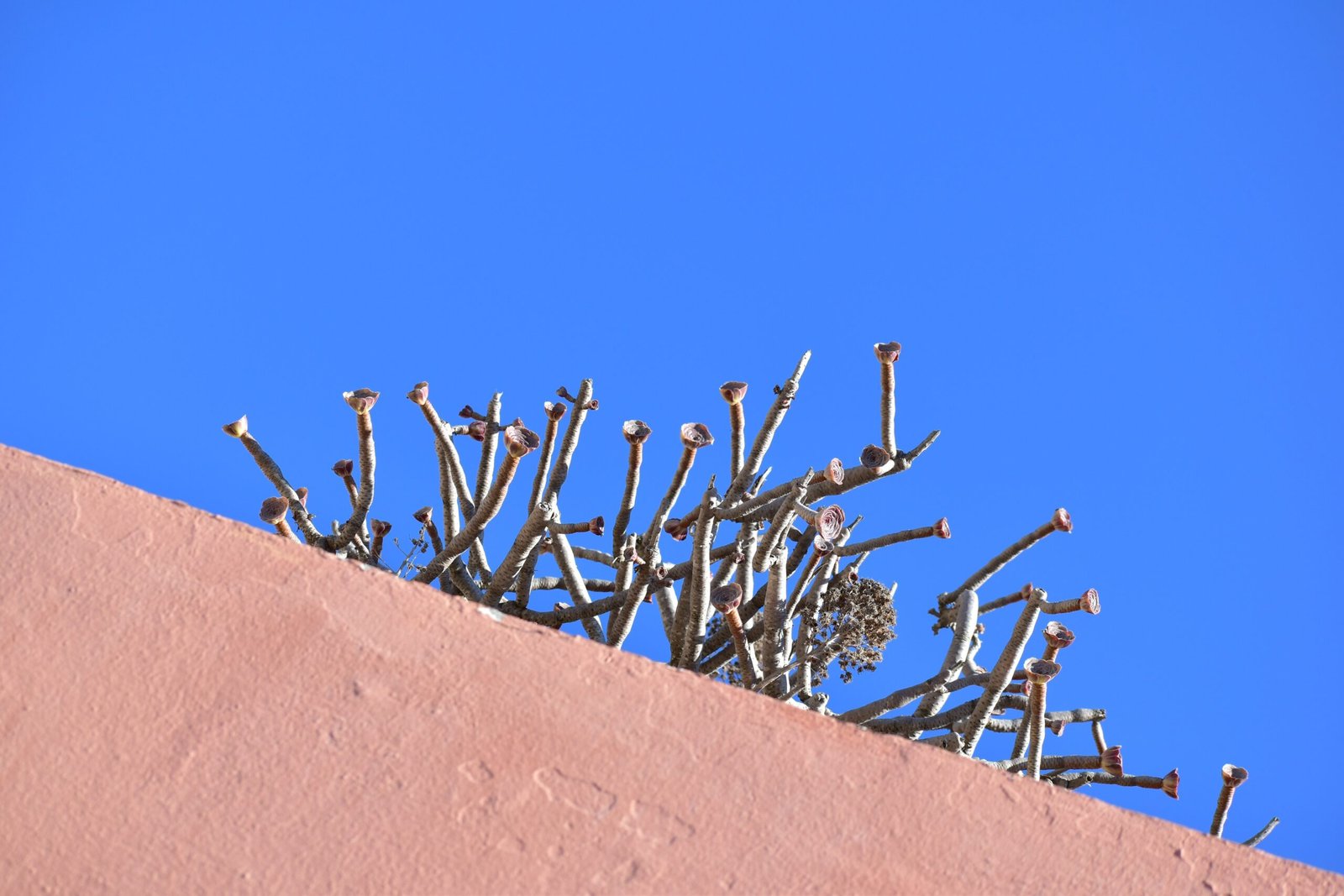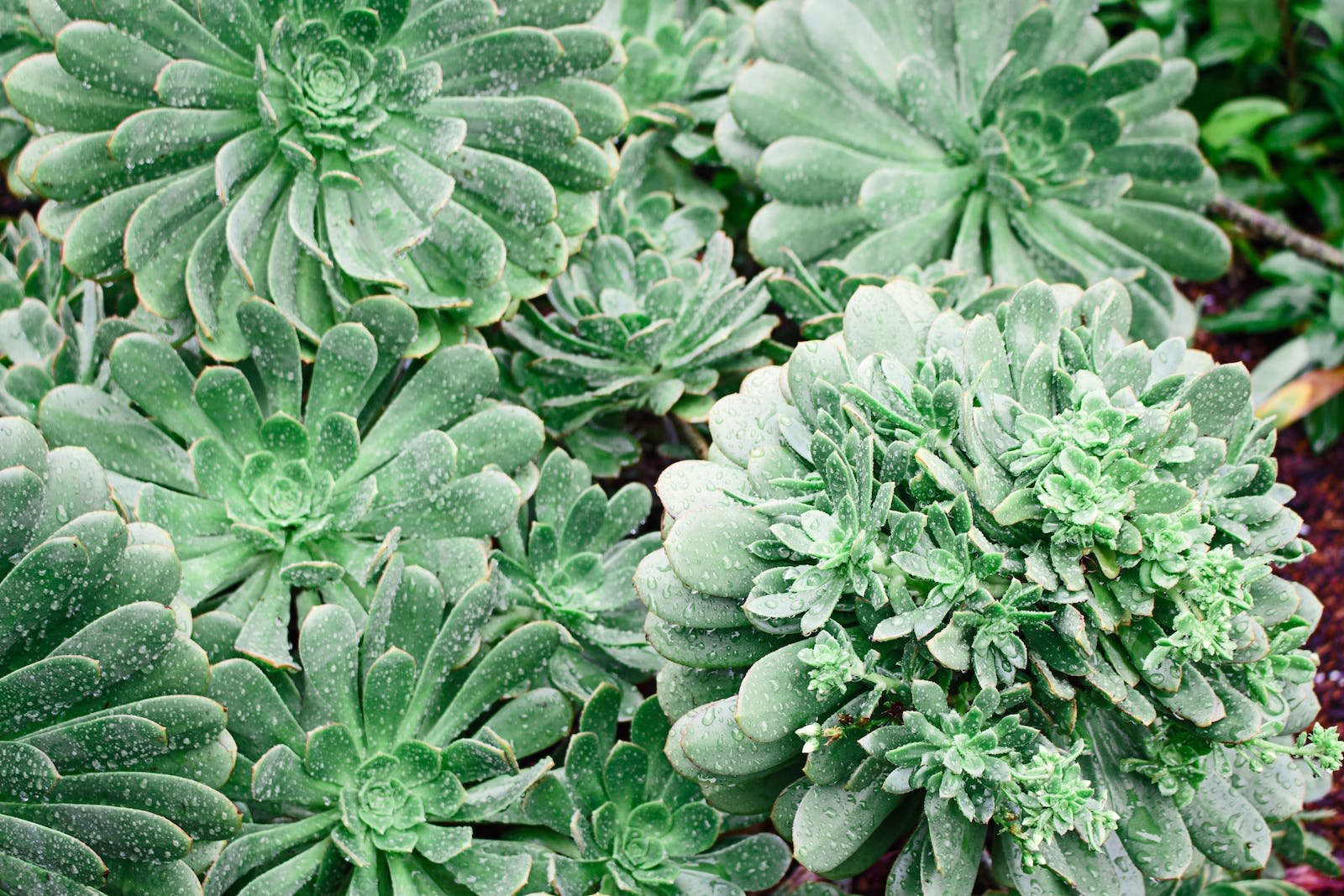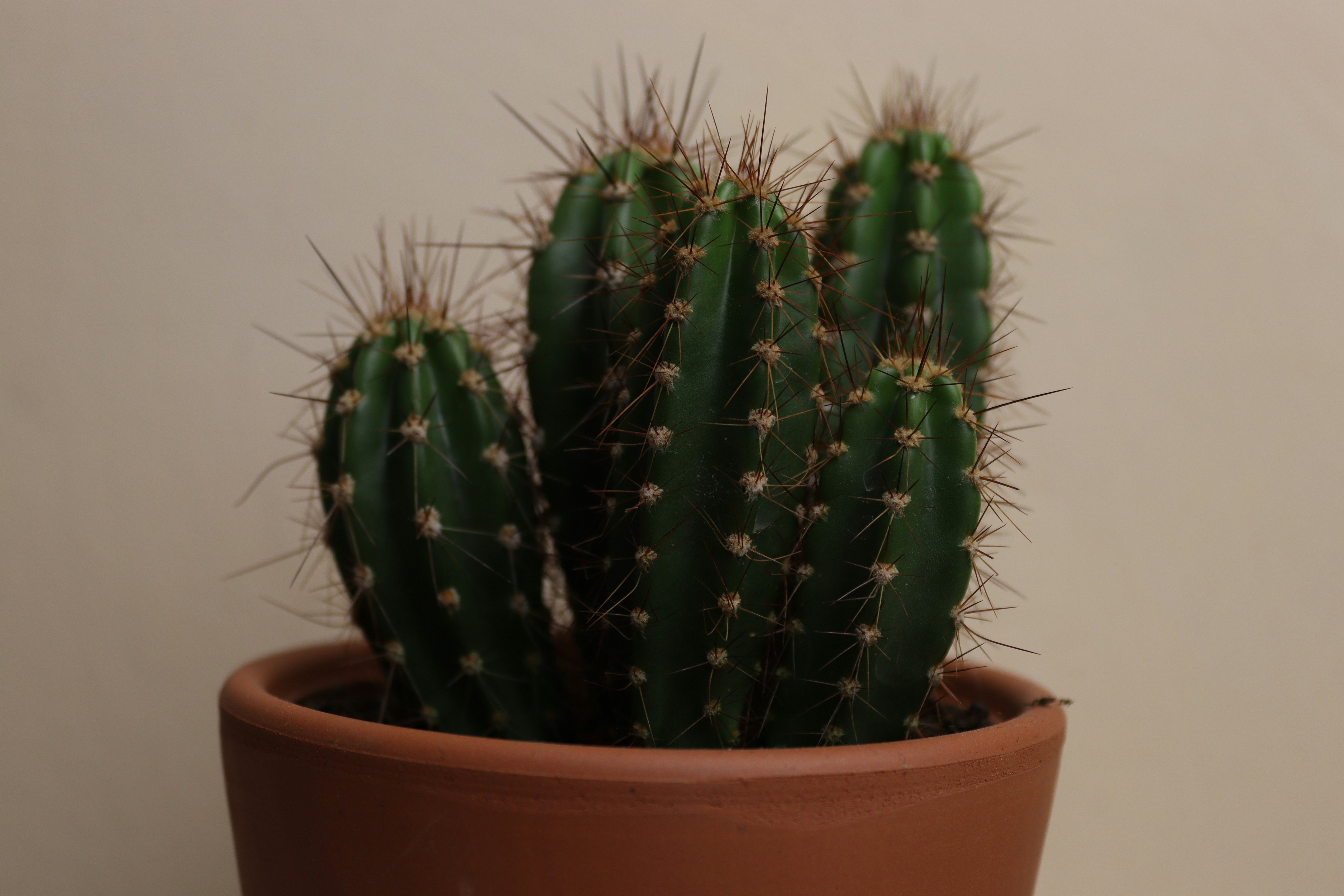Have you recently noticed that your beloved succulent is losing its charming shape and you’re not quite sure why? If so, you’re not alone. Many succulent lovers experience this issue and it can be perplexing. In this article, we will explore some common reasons why your succulent may be losing its shape and provide helpful tips to restore its beauty and health. So, if you’re eager to help your succulent regain its original form, keep reading for some valuable insight.
Causes of Succulent Losing Its Shape
Succulents are known for their beautiful and unique shapes, but sometimes they can start to lose their shape, leaving you wondering what went wrong. There are several common causes for this issue, and understanding them can help you better care for your succulents. Let’s explore these causes in detail.
Overwatering
One of the most common causes of succulent shape issues is overwatering. Succulents are adapted to survive in arid conditions and store water in their leaves, stems, or roots. However, when they are exposed to excessive moisture, their cells can become waterlogged and cause the plant to swell or appear bloated. This can lead to a loss of the plant’s shape and a mushy, soft appearance.
Underwatering
On the flip side, underwatering can also cause succulents to lose their shape. When succulents don’t receive enough water, their leaves may become wrinkled or shriveled. Without proper hydration, the plant’s cells can collapse and lead to a wilted or misshapen appearance.
Insufficient Light
Succulents need plenty of sunlight to thrive and maintain their unique shapes. When they don’t receive enough light, they may stretch or elongate in an attempt to reach for more light. This is known as etiolation and can result in weak, elongated stems and a distorted overall shape.
Poor Drainage
Having proper drainage is crucial for succulents, as they are susceptible to root rot if they sit in water for extended periods. When the soil doesn’t drain well and retains excessive moisture, the succulent’s roots can become waterlogged and damaged. This can cause the plant to lose its shape and display signs of distress.
Root Damage
Accidental root damage can occur when repotting or handling succulents. If the roots become injured, they may struggle to absorb water and nutrients properly, leading to shape issues. Additionally, root damage can weaken the plant’s overall structure, making it more prone to collapsing or drooping.
Pest Infestation
Pests, such as mealybugs, aphids, or scales, can wreak havoc on succulents and cause them to lose their shape. These tiny creatures feed on the plant’s sap, weakening the structure and causing deformities or disfigurements. If left untreated, a severe infestation can lead to the succulent’s demise.
Overcrowding
Succulents generally prefer some personal space and don’t thrive when overcrowded. When multiple succulents are planted too closely together, they will compete for resources like sunlight, nutrients, and water. This competition can result in stretched or elongated growth, as the succulents try to reach above their neighbors and receive adequate resources.
Unsuitable Potting Mix
Using the wrong type of potting mix can also contribute to succulents losing their shape. Succulents require a well-draining soil mix specifically formulated for their needs. If the soil mix retains too much moisture, it can cause root rot and ultimately lead to a loss of shape.
Nutrient Deficiency
Succulents, like any other plants, require a balanced diet of nutrients to grow and maintain their shape. When they lack essential nutrients, they may exhibit stunted growth, discoloration, or deformities. Providing a suitable fertilizer regimen can help prevent these shape issues due to nutrient deficiencies.
Temperature Extremes
Succulents are generally resilient to temperature changes, but extreme conditions can negatively impact their shape. Freezing temperatures can cause cell damage and wilting, while excessively high temperatures can cause scorching or sunburn on the leaves. Both scenarios can result in a loss of shape and overall decline in the succulent’s health.
Identification of Succulent Shape Issues
Recognizing the signs of succulent shape issues is essential for diagnosing the problem and implementing appropriate care. Here are some common indicators to look out for:
Shriveling
When succulents are underwatered, they may start to shrivel, with their leaves becoming wrinkled or folded. This is a clear sign that the plant is not receiving sufficient hydration and needs immediate attention.
Stretching
Insufficient light can cause succulents to stretch or elongate, especially if they are grown in low-light conditions. The stem or leaves may become thin and weak, and the overall shape can become distorted.
Leaning or Tilting
If a succulent starts to lean or tilt to one side, it may be a sign of insufficient light. The plant stretches towards the light source, causing it to lean in that direction. Providing more light can help correct this issue.
Fading Color
Succulents losing their vibrant colors and appearing faded can indicate various underlying problems. It could be due to overwatering, insufficient light, nutrient deficiencies, or stress. Identifying the cause will help determine the appropriate course of action.
Discoloration or Browning
Brown spots or discoloration on succulent leaves can be a sign of root rot or fungal disease caused by poor drainage or overwatering. If left untreated, this can result in a loss of shape and the eventual death of the plant.
Flattening
When succulents lack adequate light, they may flatten and lose their plump, three-dimensional shape. This can occur due to stretching or elongation in search of light sources. Providing more light can help the plant regain its natural shape.
Rot or Mushy Appearance
A soft, mushy appearance or blackened areas on a succulent can be indicative of rot, often caused by overwatering or poor drainage. This can cause the plant to lose its shape and the affected parts to become weak or collapse.
Wilting or Drooping
Wilting or drooping is a clear sign of distress in succulents. It can be caused by both overwatering and underwatering. Determining the cause and adjusting watering practices accordingly can help the plant regain its shape and health.
Stunted Growth
Nutrient deficiencies or improper care can lead to stunted growth in succulents. Instead of growing as expected, the plant may appear smaller, weaker, or have disproportionately sized leaves. Providing adequate nutrients and care can help correct this issue.
Deformed or Abnormal Growth
If a succulent’s shape deviates significantly from its normal appearance, it may be experiencing abnormal or deformed growth. This can be attributed to various factors, including pests, diseases, or environmental stressors. Identifying the underlying cause is crucial for addressing the issue effectively.
In the following sections, we will dive deeper into each specific cause of succulent shape issues, discussing their symptoms, prevention strategies, and appropriate treatment methods.
1. Overwatering
Symptoms
When succulents are overwatered, they may exhibit the following symptoms:
- Swollen, bloated appearance.
- Soft and mushy leaves.
- Yellowing or browning leaves.
- Rot or fungal growth on stems or roots.
Prevention
To prevent overwatering, consider the following tips:
- Use a well-draining soil mix specifically formulated for succulents.
- Water your succulents only when the soil is dry, and water thoroughly.
- Ensure that the pot has drainage holes to allow excess water to escape.
- Avoid leaving your succulents in standing water.
Treatment
If you suspect that your succulent has been overwatered, take the following steps:
- Stop watering immediately and allow the soil to dry out completely.
- Carefully remove the plant from its pot and check the roots for any signs of rot or damage.
- Trim off any affected roots or parts of the plant using sterilized tools.
- Repot the succulent in fresh, well-draining soil mix.
- Adjust your watering schedule to prevent future overwatering incidents.
2. Underwatering
Symptoms
When succulents are underwatered, they may display the following symptoms:
- Wrinkled or shriveled leaves.
- Dry and brittle leaves.
- Stunted or slow growth.
- Wilting or drooping appearance.
Prevention
To prevent underwatering, consider the following tips:
- Check the soil moisture regularly and water when it is dry.
- Water your succulents deeply, ensuring that the water reaches the roots.
- Use a watering method that allows the water to saturate the entire root system.
- Be mindful of the watering needs of different succulent species.
Treatment
If you believe your succulent is underwatered, take the following steps:
- Water the plant thoroughly, making sure that the water reaches the roots.
- Observe the plant closely over the next few days to ensure it recovers.
- Adjust your watering schedule to better meet the needs of your succulent.
- Consider misting the leaves occasionally to provide some extra humidity.

3. Insufficient Light
Symptoms
When succulents don’t receive enough light, they may show the following symptoms:
- Stretching or elongation of stems or leaves.
- Pale or washed-out color.
- Weak or thin growth.
- Leaning or tilting towards a light source.
Prevention
To prevent insufficient light, consider the following tips:
- Place your succulents in a location that receives bright, indirect sunlight for several hours a day.
- Rotate your succulents regularly to ensure all sides receive equal light exposure.
- Use artificial grow lights to supplement natural sunlight if needed.
- Avoid placing succulents in low-light areas, such as dark corners or rooms with minimal windows.
Treatment
If you suspect your succulent is not receiving enough light, try the following:
- Move the plant to a brighter location with more indirect sunlight.
- Consider using artificial grow lights if natural light is limited.
- Prune back any elongated or stretched growth to encourage new, compact growth.
- Monitor the plant closely over time to ensure it is responding positively to the increased light.
4. Poor Drainage
Symptoms
Plants with poor drainage may exhibit the following symptoms:
- Waterlogged soil for an extended period after watering.
- Yellowing or browning leaves.
- Foul odor coming from the soil.
- Soft or rotting roots.
Prevention
To improve drainage and prevent issues, consider the following tips:
- Use a well-draining soil mix specifically formulated for succulents.
- Ensure that your pots have drainage holes to allow excess water to escape.
- Add a layer of pebbles or broken pottery pieces at the bottom of the pot to enhance drainage.
- Monitor your watering habits to prevent overwatering and allow the soil to dry out between waterings.
Treatment
If your succulent is suffering from poor drainage, take the following steps:
- Remove the plant from its pot and inspect the roots for signs of rot or damage.
- Trim away any affected roots or sections of the plant using clean, sterilized tools.
- Repot the succulent in fresh, well-draining soil mix, adjusting the pot size if necessary.
- Adjust your watering routine to ensure the plant receives adequate moisture without sitting in excessive water.
5. Root Damage
Symptoms
Succulents with root damage may display the following symptoms:
- Stunted or slow growth.
- Wilting or drooping appearance.
- Discoloration or darkening of leaves or stems.
- Difficulty absorbing water or nutrients.
Prevention
To prevent root damage, consider the following tips:
- Handle your succulents with care, especially when repotting or transplanting.
- Use sterilized tools when pruning or trimming succulents to minimize the risk of infection.
- Choose an appropriate container size for your succulents, allowing their roots enough room to grow and spread.
- Avoid using pots with sharp edges that can cause damage to the roots.
Treatment
If you suspect root damage in your succulent, take the following steps:
- Carefully remove the plant from its pot and inspect the roots for any signs of damage or disease.
- Trim away any affected or damaged roots using sterilized tools.
- Allow the roots to dry and callus before repotting the plant in fresh, well-draining soil mix.
- Monitor the plant closely and adjust watering and care practices to promote root recovery.
6. Pest Infestation
Symptoms
Pest-infested succulents may exhibit the following symptoms:
- Webbing or visible presence of pests, such as mealybugs, aphids, or scales.
- Yellowing, browning, or distorted leaves.
- Sticky residue or honeydew on the plant’s surface.
- Stunted growth or deformities.
Prevention
To prevent pest infestations, consider the following tips:
- Inspect new succulent additions for signs of pests before introducing them to your collection.
- Quarantine new plants for several weeks to ensure they are pest-free before placing them with your others.
- Regularly inspect your succulents, especially the undersides of leaves and stem crevices, for signs of pests.
- Keep your succulents clean and free from dust or debris that can attract pests.
Treatment
If your succulent is affected by pests, follow these steps:
- Isolate the infested plant from other healthy succulents to prevent the infestation from spreading.
- Remove visible pests by wiping them away with a soft cloth or cotton swab dipped in rubbing alcohol.
- For severe infestations, consider using organic insecticidal soap or neem oil to treat the plant.
- Monitor the plant closely and treat as necessary until the infestation is fully resolved.
7. Overcrowding
Symptoms
Overcrowded succulents may display the following symptoms:
- Elongation or stretching in an attempt to reach more light.
- Discoloration or browning on lower leaves.
- Limited growth or stunted appearance.
- Competition for resources, resulting in less vigorous growth.
Prevention
To prevent overcrowding, consider the following tips:
- Provide enough space between succulents when planting or repotting.
- Choose appropriately sized containers that allow for adequate root development and growth.
- Rotate your succulents regularly to ensure all sides receive equal light exposure.
- Monitor the growth and size of your succulents, and consider repotting or dividing them when necessary.
Treatment
If your succulents are overcrowded, take the following steps:
- Carefully remove the overcrowded succulents from their pot and separate them.
- Gently untangle any entwined roots to separate the plants without causing damage.
- Repot each succulent in its individual container, ensuring it has enough space to grow and thrive.
- Adjust your care routine as needed to support the health and growth of each separate succulent.
10. Temperature Extremes
Symptoms
Succulents exposed to temperature extremes may show the following symptoms:
- Wilting or shriveling due to heat stress.
- Leaf discoloration or browning caused by freezing temperatures.
- Scorching or sunburn on leaves when exposed to excessive heat or direct sunlight.
- Slow growth or lack of progress in extreme temperature conditions.
Prevention
To prevent temperature-related issues, consider the following tips:
- Know the temperature requirements of your succulents and provide them with suitable conditions.
- Protect your succulents from extreme heat by providing shading or moving them to a cooler location.
- Shield your succulents from freezing temperatures by bringing them indoors or using frost cloths or covers.
- Avoid placing succulents in locations with extreme temperature fluctuations, such as near air conditioning vents or drafty windows.
Treatment
If your succulent has been exposed to extreme temperatures, try the following:
- Move the plant to a more suitable environment with the appropriate temperature conditions.
- If the plant has suffered damage, remove any affected or dead leaves to encourage new growth.
- Provide extra care in terms of watering and monitoring to support the succulent’s recovery.
- Adjust the succulent’s location or provide additional protection when faced with extreme temperature changes.
In conclusion, there are various causes for succulents losing their shape, ranging from overwatering and underwatering to insufficient light and poor drainage. Identifying the specific cause behind your succulent’s shape issue is crucial for effective treatment and prevention. By understanding each cause in detail and implementing appropriate care, you can ensure your succulents maintain their beautiful and distinctive shapes. Remember to monitor your plants closely, adjust your care practices as needed, and enjoy the process of nurturing these captivating plants.



